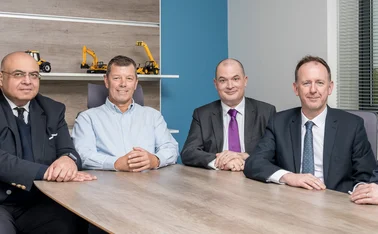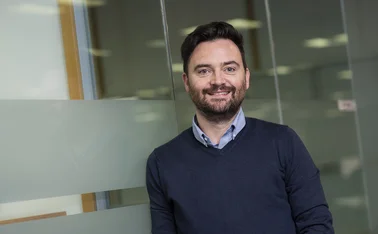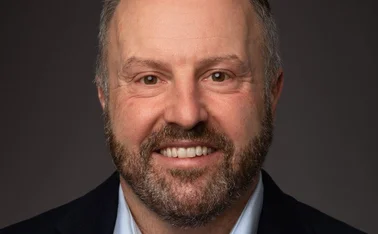
Why and how cross-selling works for microinsurance

Cross-selling is a great way to distribute microinsurance, as illustrated in Africa, where some farming insurance programmes are also experimenting with new ways to pay out claims, write Tom Johansmeyer, assistant vice-president at Verisk Insurance Solutions, and Keith Lau, senior actuarial associate at PWC
There’s always talk about the power of regulation in driving insurance take-up. In both developed and emerging markets, compulsory insurance programmes have shown some ability to increase penetration
Only users who have a paid subscription or are part of a corporate subscription are able to print or copy content.
To access these options, along with all other subscription benefits, please contact info@postonline.co.uk or view our subscription options here: http://subscriptions.postonline.co.uk/subscribe
You are currently unable to print this content. Please contact info@postonline.co.uk to find out more.
You are currently unable to copy this content. Please contact info@postonline.co.uk to find out more.
Copyright Infopro Digital Limited. All rights reserved.
You may share this content using our article tools. Printing this content is for the sole use of the Authorised User (named subscriber), as outlined in our terms and conditions - https://www.infopro-insight.com/terms-conditions/insight-subscriptions/
If you would like to purchase additional rights please email info@postonline.co.uk
Copyright Infopro Digital Limited. All rights reserved.
You may share this content using our article tools. Copying this content is for the sole use of the Authorised User (named subscriber), as outlined in our terms and conditions - https://www.infopro-insight.com/terms-conditions/insight-subscriptions/
If you would like to purchase additional rights please email info@postonline.co.uk
Most read
- Integration and restructuring costs push RSA to 2023 loss
- Which urges FCA to take action on premium finance following investigation
- Could Jaguar Land Rover issues derail OEM insurance ambitions?







